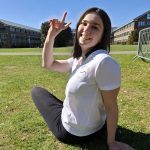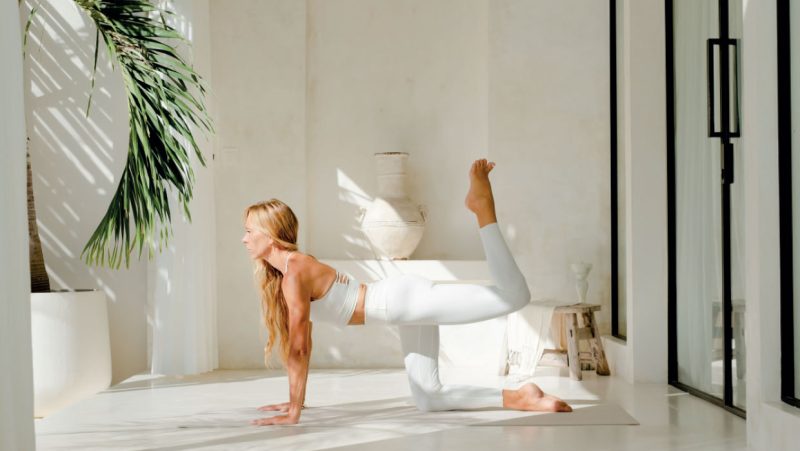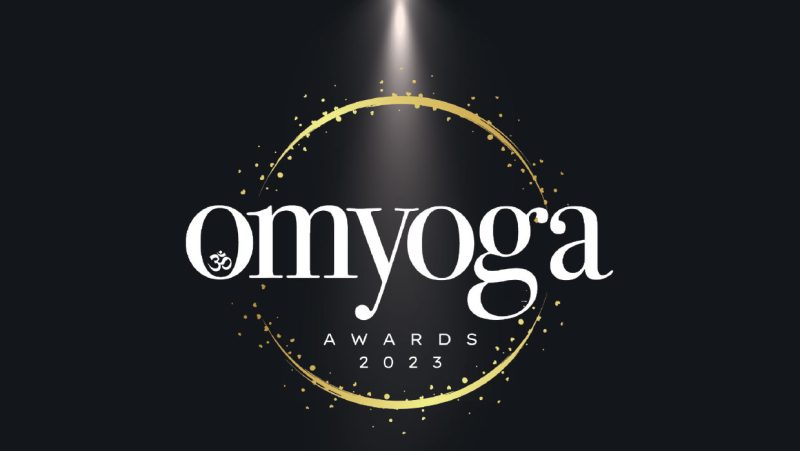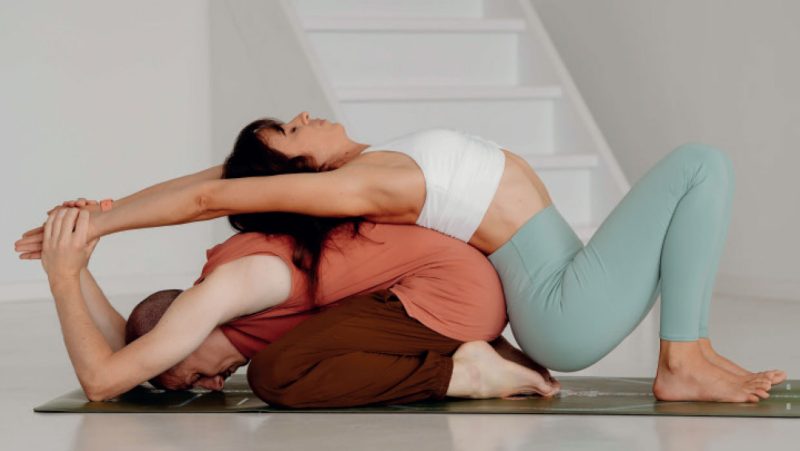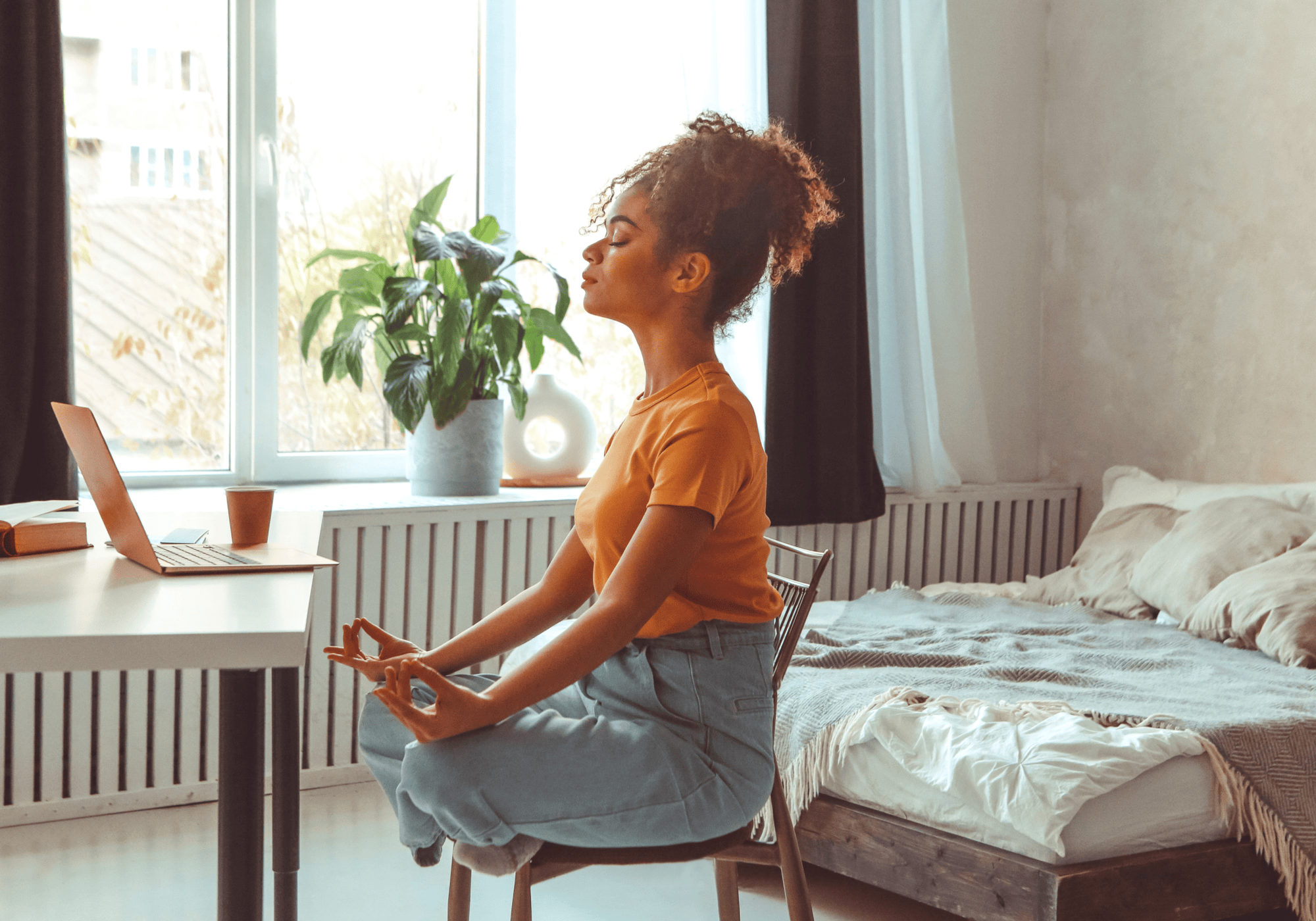
Yoga For Young People – Poses and Practices
Yoga has many benefits for people of all ages, and teenagers and young people can reap many rewards from yoga.
Reading time: 2 minutes
This is a turbulent time in our lives emotionally, as we develop, for which yoga can help stabilise emotions. Yoga can also calm us down and give us strategies for dealing with the stress of exams and coursework which will impact out futures.
1. Daily Poses
Twists are one form of yoga pose which is very helpful for young people: either seated twists, where you twist to look behind you, or lying twists, where you place your legs facing one direction and your face another. Seated twists are easy to do in chairs as a brief break from studying. Twists help with emotional regulation, something which young people could often use, and they will also release our backs from the tension of sitting hunched over work.
Backbends and forward folds also help counter the effects of bending over our work and carrying our heavy bags. For a simple backbend from sitting, place your hands some distance behind you and arch your back, tilting your head back. For a more involved backbend, lie down on your back with your knees bent and your feet on the ground, and push your hips up.
For a forward fold, simply lean forward with a straight back to touch your feet either in a standing or seated position, preferably not on a chair. Forward folds, in addition to counteracting the effects of bending over work and carrying bags, help to relax both bodies and minds, and so will help to deal with stress.
2. Mudras
Mudras are another easy way to deal with this stress and emotionality. Because they involve the hands and arms only, they can be done in most situations, and many can be used in class or exams without attracting notice.
My favourite is Mushti Mudra. For this, place your thumb into the centre of your palm and wrap the fingers around it. This can be done with either or both hands and has a grounding effect. In addition, it is very subtle and will go unnoticed in most situations.
Another mudra which is helpful for young people is Ganesha Mudra. For this, curve your fingers into a hook shape on each hand then slot the fingers into each other. Hold them up to your heart with elbows out to the sides. This mudra is not subtle but has a calming effect and will help in overcoming obstacles and creating opportunities.
3. Breathing practices
Breathing practices, or pranayama, are especially helpful for young people and can often be done subtly. For example, square breath, where you breathe in for a count of four, hold for four, exhale for four and hold for four repeatedly, is easy to do in any situation and will help calm you down very quickly. Other forms of pranayama that can be especially useful for young people are those which release emotion, such as ‘lion’s breath’.
As an autistic young person, yoga is very helpful to me! I use it to emotionally regulate and destress, especially in exam periods. Yoga is also a wonderful way of stimming and exercising. It can be incredibly helpful for all young people, but especially neurodivergent and SEN students who might need more movement and face more stress and struggles than our neurotypical peers.

